2D TO 3D WORKFLOWS
MOD Scan
Advanced image conversion for objects, scenes, and characters using workflows built with MOD Pro to enhance the automation of NeRFs, photogrammetry, and Gaussian Splats including custom algorithms to deliver production ready content that looks great and performs well.
- Easy to integrate
- Pre-vis, Real-time, VFX
- Web upload imagery data
- Any type of content: Scene, object, and characters
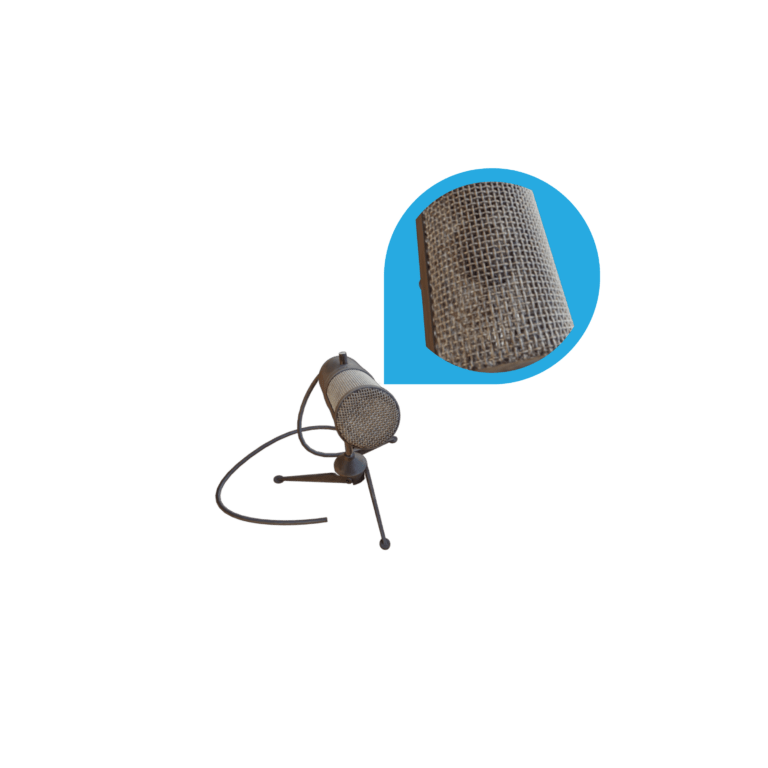
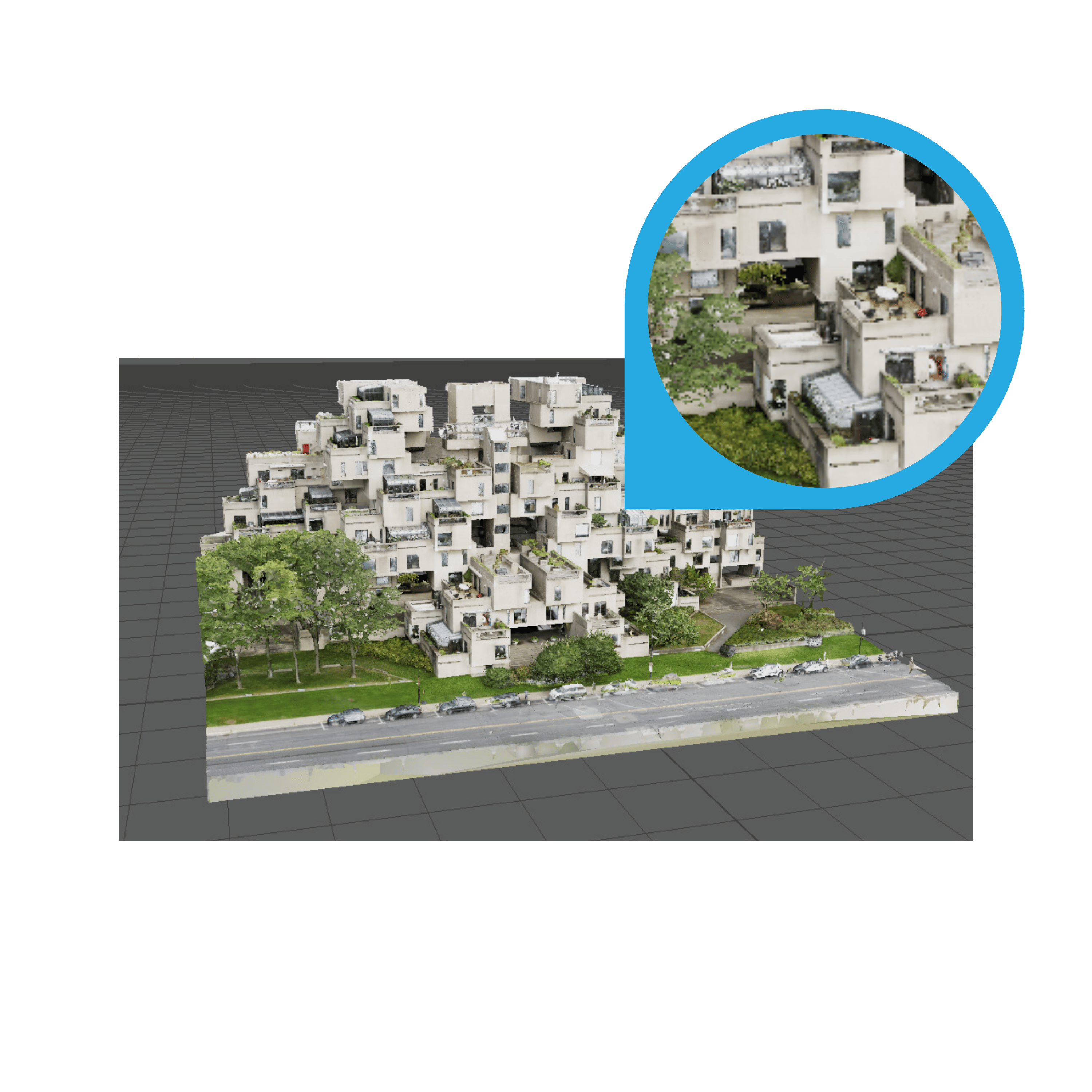
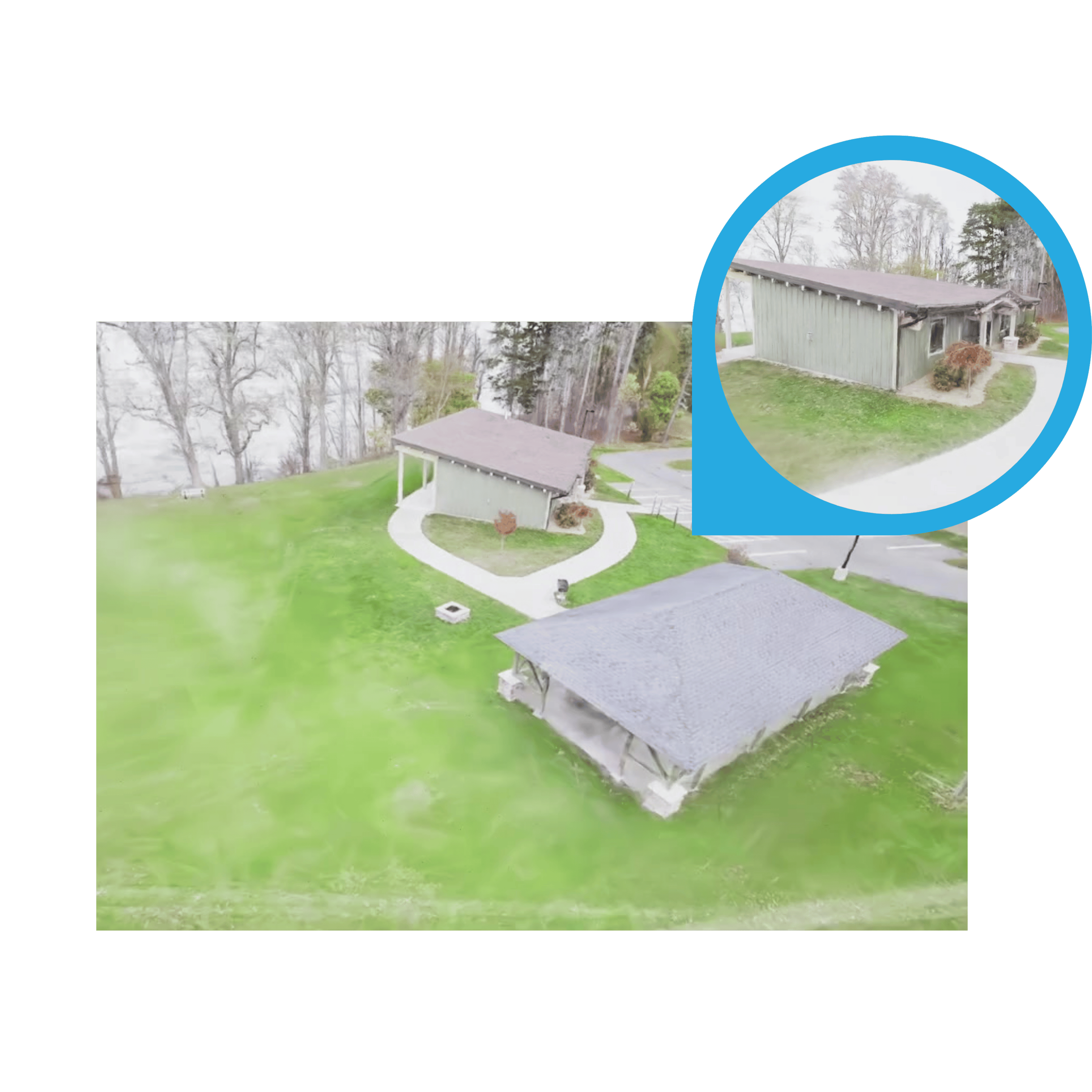
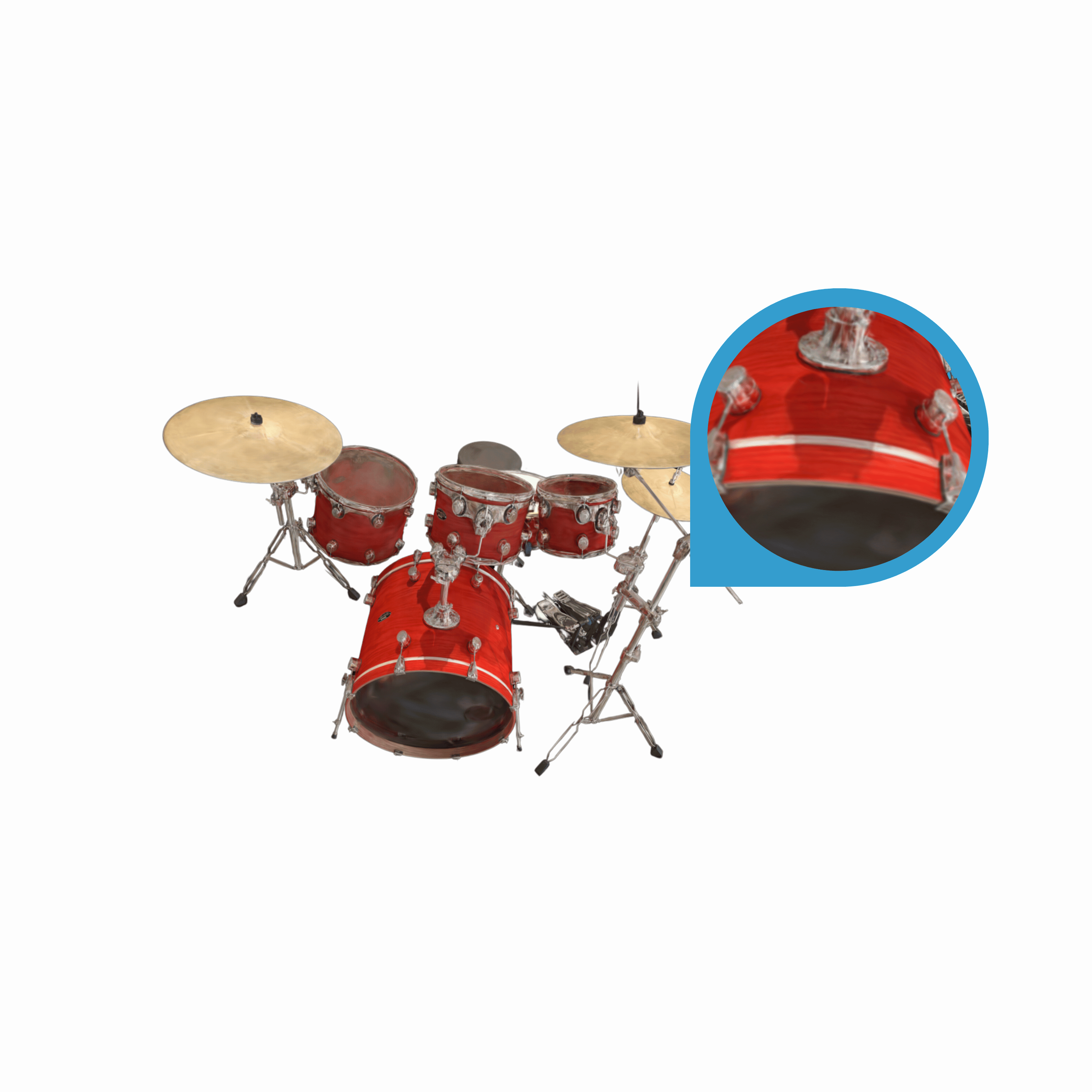
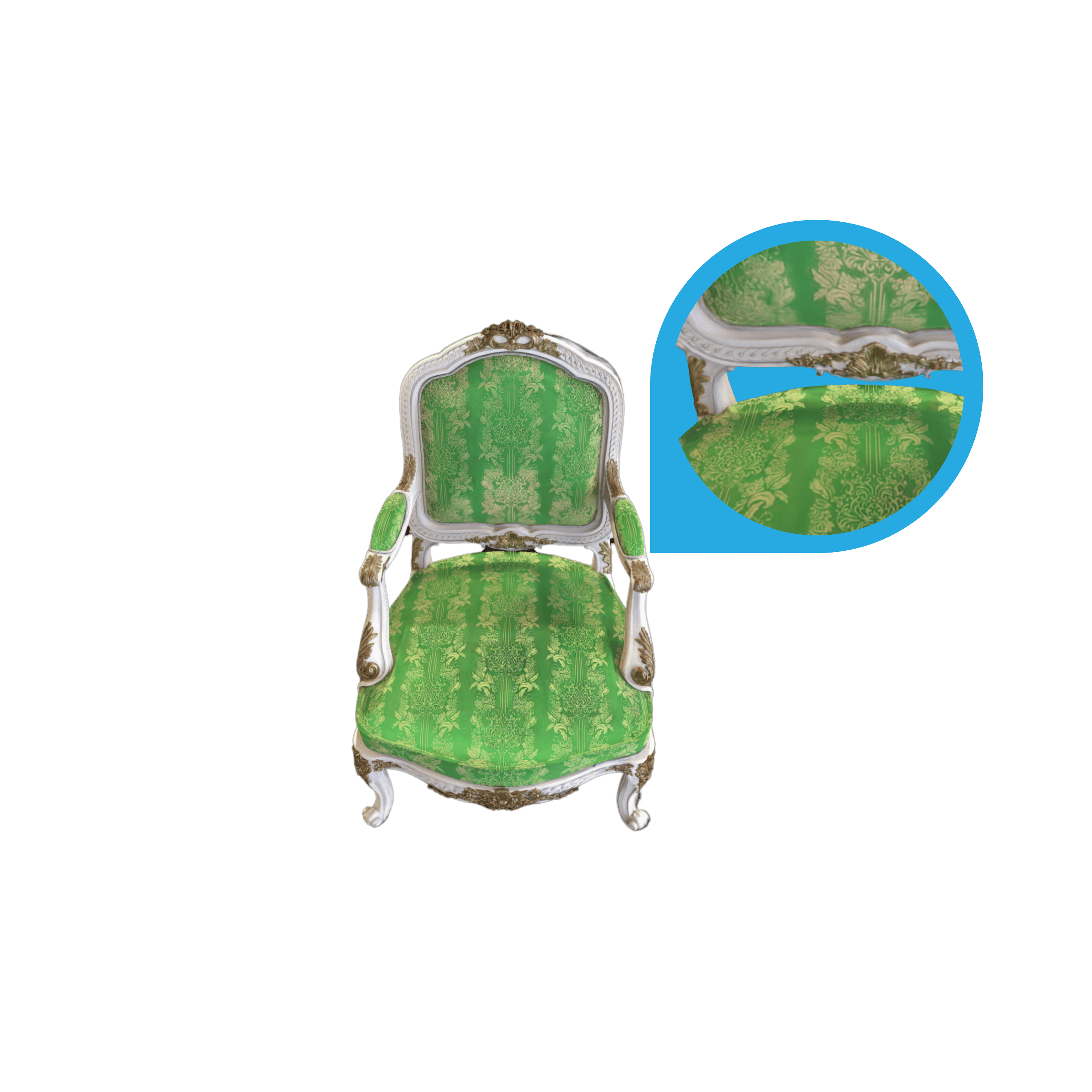
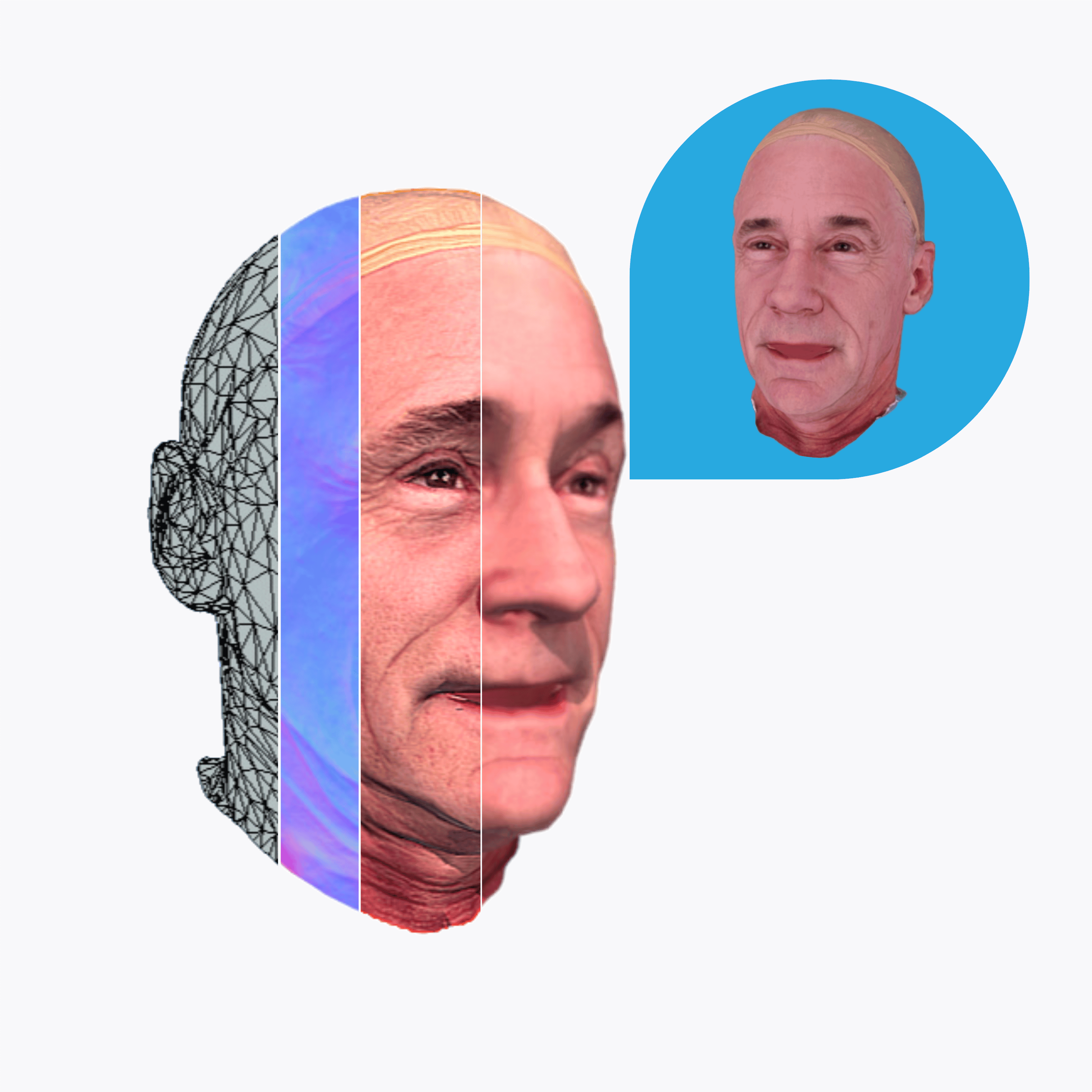
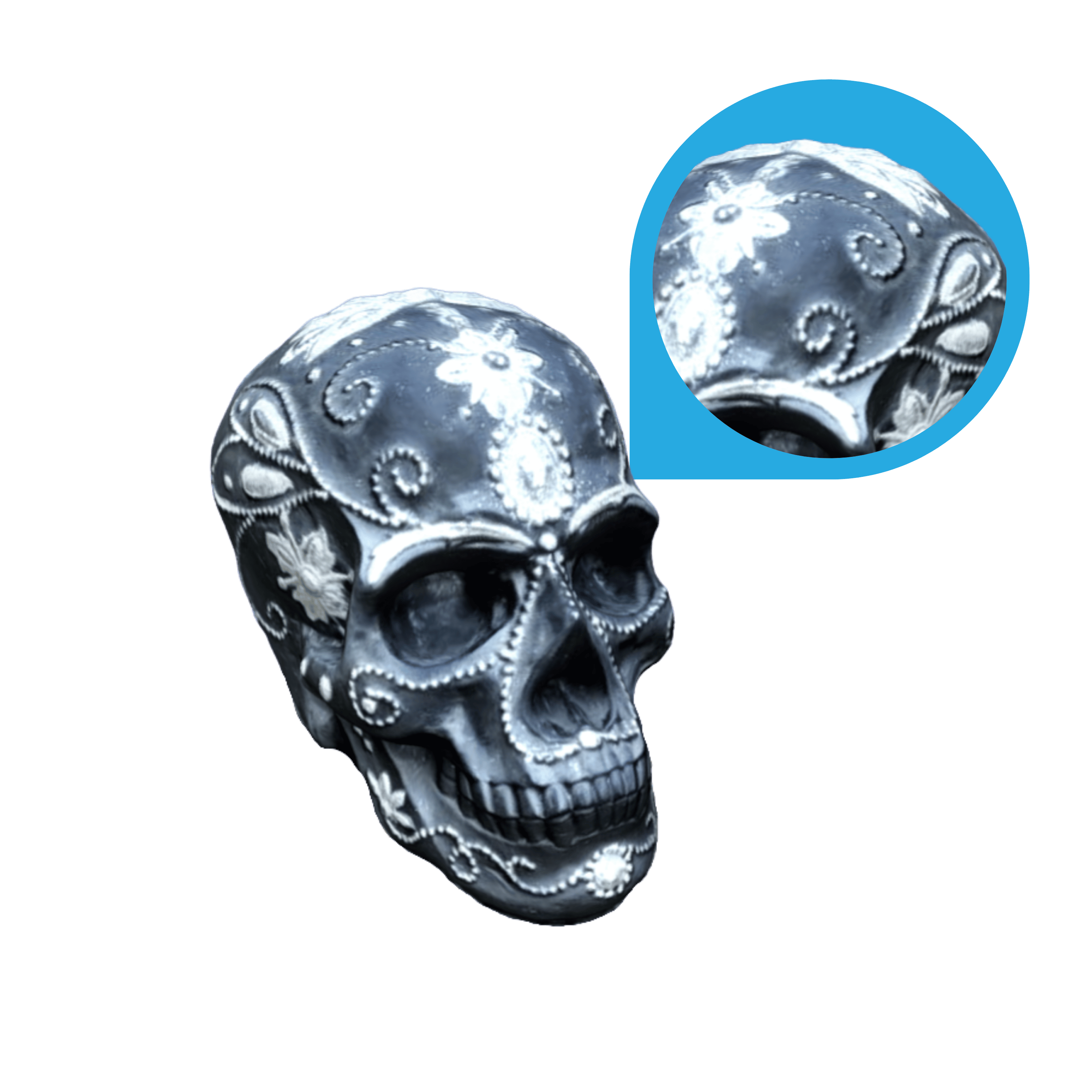
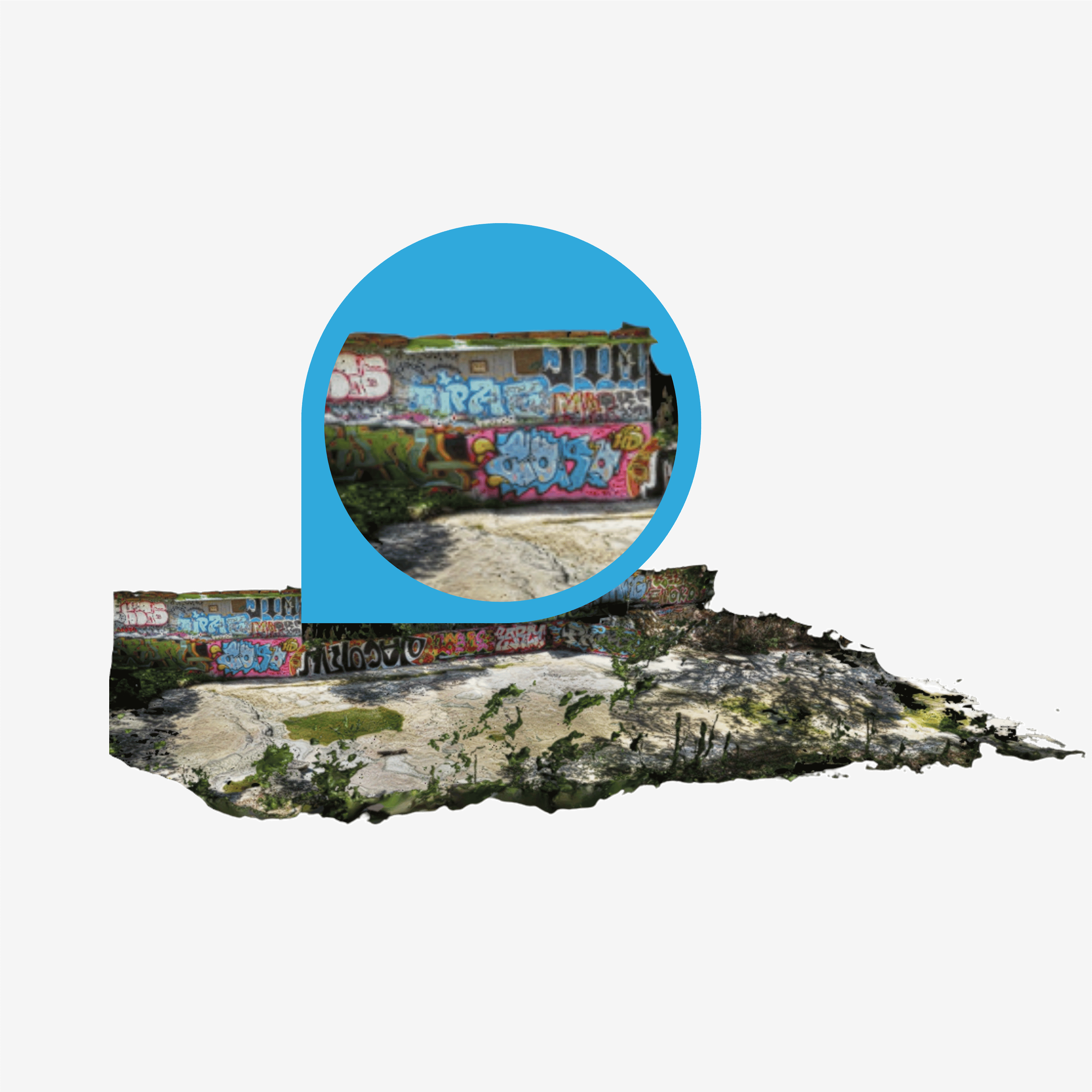
TECH FAQ
Unlock the magic behind seamless 3D creation— MOD Scan’s secrets revealed!
MOD Scan is a powerful content transformation tool that converts various image data into high-quality 3D outputs, such as meshes, Gaussian splats, NeRFs, and photogrammetry-ready assets. It optimizes content for production and real-time use.
MOD Scan generates three primary output types: Gaussian splats, Neural Radiance Fields (NeRFs), and photogrammetry-based meshes. Each serves a different production need, from detailed scene reconstruction to efficient rendering for real-time applications.
MOD Scan uses Gaussian splats to efficiently represent complex surfaces and textures. Gaussian splatting is ideal for creating highly detailed, visually rich models with reduced computational overhead, making it perfect for real-time rendering and interactive applications.
NeRFs (Neural Radiance Fields) are cutting-edge methods for creating volumetric 3D models from 2D images. MOD Scan employs NeRFs to reconstruct highly accurate scene representations, capturing intricate lighting and depth information for use in virtual production and immersive experiences.
Photogrammetry is the process of creating 3D models from photographs by extracting geometric data. MOD Scan’s advanced photogrammetry workflow captures precise textures and shapes from 2D images, allowing for the creation of lifelike, production-ready assets.
MOD Scan supports various 3D formats, including OBJ, FBX, USDZ, and proprietary MOD formats optimized for cross-platform use and streaming on different devices.
File sizes depend on the complexity and resolution of the scan. Gaussian splat and NeRF outputs are generally more lightweight for real-time applications, while photogrammetry meshes may be larger for high-detail requirements.
Yes! MOD Scan’s outputs are optimized for real-time rendering, making it a versatile tool for virtual production, gaming, and immersive experiences.
Yes. MOD Scan is designed to process large datasets efficiently, using AI-driven algorithms to optimize both the data processing and the output without sacrificing quality.
MOD Scan works seamlessly with major content creation platforms like Unreal Engine, Unity, and proprietary pipelines, ensuring easy integration into various production workflows.

